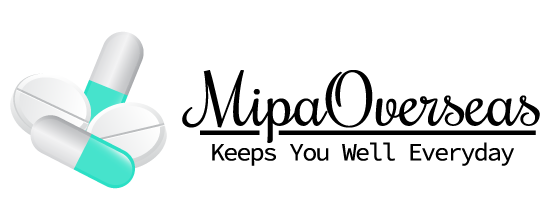Mipa Overseas’s Breeding mare feed refers to specially formulated feeds designed to meet the nutritional needs of pregnant and lactating mares. These feeds are tailored to support the increased energy, protein, vitamin, and mineral requirements of mares during pregnancy, foaling, and lactation.
Here are some key features and components of breeding mare feed:
- High Energy Content: Mares in late pregnancy and during lactation have significantly increased energy requirements to support the growth and development of the fetus and the production of milk. Breeding mare feeds often contain higher levels of carbohydrates and fats to provide the necessary energy for these physiological processes.
- Quality Protein Sources: Protein is essential for supporting fetal growth, milk production, and maintaining the mare’s own body condition. Breeding mare feeds contain high-quality protein sources, such as soybean meal, alfalfa meal, or other legumes, to ensure the mare receives adequate levels of essential amino acids.
- Vitamins and Minerals: Pregnancy and lactation place additional demands on the mare’s body for vitamins and minerals. Breeding mare feeds are fortified with essential vitamins and minerals, including calcium, phosphorus, magnesium, and vitamin E, to support fetal development, milk production, and overall health.
- Digestive Health Support: Some breeding mare feeds may contain ingredients or additives to support digestive health, such as prebiotics, probiotics, or yeast cultures. These ingredients can help maintain a healthy microbial balance in the mare’s gastrointestinal tract, reducing the risk of digestive upset or colic.
- Palatability and Texture: Breeding mare feeds are often formulated to be highly palatable to encourage intake, especially in mares that may have decreased appetite during late pregnancy or lactation. They may also come in various textures, including pellets, extruded nuggets, or textured mixes, to accommodate individual preferences.
- Specialized Formulations: Depending on the specific needs of the breeding mare, there may be specialized formulations available, such as feeds designed for mares with metabolic conditions, older mares, or mares with specific dietary sensitivities.
Breeding Mare Feed Composition ?
- Grains: Breeding mare feed often contains grains such as oats, barley, corn, or wheat. These grains provide carbohydrates for energy to support the mare’s increased metabolic needs during pregnancy and lactation.
- Fats and Oils: Sources of fat and oil, such as stabilized rice bran, soybean oil, or flaxseed, are commonly included in breeding mare feed. These ingredients are rich in calories and provide concentrated energy to support fetal growth and milk production.
- Protein Sources: High-quality protein sources are essential for supporting fetal development, milk production, and maintaining the mare’s own muscle mass. Common protein sources in breeding mare feed include soybean meal, alfalfa meal, and other legumes.
- Vitamins and Minerals: Breeding mare feed is typically fortified with vitamins and minerals to ensure that the mare receives adequate nutrition during pregnancy and lactation. Key nutrients include calcium, phosphorus, magnesium, vitamin E, and other essential vitamins and minerals necessary for fetal growth, milk production, and overall health.
- Fiber Sources: While breeding mare feed is generally higher in energy compared to maintenance feeds, it still contains fiber sources to support digestive health. Common fiber sources include beet pulp, alfalfa meal, and soy hulls.
- Specialty Ingredients: Some breeding mare feeds may contain specialty ingredients or additives to support specific aspects of reproductive health or overall well-being. These may include prebiotics, probiotics, yeast cultures, or ingredients to support joint health, hoof quality, or immune function.
- Palatability Enhancers: To encourage intake, breeding mare feeds may contain flavorings or other palatability enhancers to make the feed more appealing to the mare.

